Have you ever had the need for a sugary treat that melts in your tongue and makes you smile? If so, the enchantment of Gulab Jamun has most likely already been felt by you. For decades, this well-liked Indian dish has been bringing warmth to people.
Gulab jamun is frequently served at gatherings such as festivals, weddings, and informal get-togethers at home. But why is this dessert so unique? Join us as we explore the world of gulab jamun and learn what makes this ageless favorite.
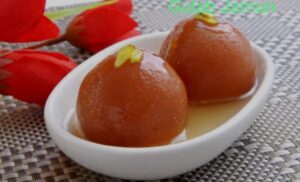
1.The Origin of Gulab Jamun: A Tale of Two Cultures
Let’s start with the origins of gulab jamun before delving into its deliciousness. Unexpectedly, Persia is where the dessert that we know and love today originated. The terms gulab, which means rose water, and jamun, which refers to a kind of fruit that resembles the dessert in size and shape, are the source of the name Gulab Jamun. This sugary confection made its way to India throughout time, where it was modified to suit the local palate and customs.
The syrup lends a delicious scent to the dish and is a clear example of the Persian influence. It frequently contains a hint of saffron or rose water. However, the way gulab jamun is prepared in Indian kitchens is what really sets it apart. It developed become more than just a dessert in India.
2.What Exactly Is Gulab Jamun?
If you’ve never had the pleasure of eating gulab jamun, allow me to paint you a picture. The dough is mostly formed from khoya. Picture little, golden-brown doughnuts dipped in a warm, sugary syrup.The rich and creamy texture of the dish is attributed to the milk solid.
These little spheres are deep-fried to perfection and then dipped in a sugar syrup flavored with cardamom, rose water, and occasionally saffron.
A blast of sweet and subtly flowery flavor greets you as soon as you bite into a piece of gulab jamun. The dough becomes soft and juicy as the syrup penetrates into it. It’s difficult to limit yourself to just one bite because each one is a tiny bit of heaven.
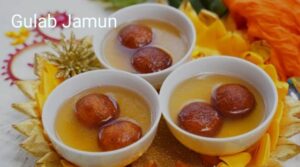
3.The Art of Making Gulab Jamun: Simple but Special
Making gulab jamun might seem daunting at first, but once you get the hang of it, you’ll find that it’s a fairly simple process. All you need is a handful of ingredients and some patience. Start by preparing the dough using khoya, flour, and a pinch of baking powder.
Knead it until smooth, then shape the dough into small balls. These balls are then fried in ghee (clarified butter) until they turn a beautiful golden-brown color.
The magic happens in the next stage. When the fried balls are done, they are dipped in a sugar syrup that has cardamom and rose water flavors. Each slice becomes a soft, sugary treat as the dough absorbs the syrup.
The way the flavors blend together when making gulab jamun is fascinating. The rich, slightly tart flavor of the fried dough creates a lovely counterpoint to the syrup’s sweetness. And the aromatic spices add a touch of sophistication to every bite.
4.A Sweet Treat for Every Occasion
One of the best things about gulab jamun is its versatility. You’ll find it at weddings, during festivals like Diwali, and even at casual family dinners. It’s the kind of dessert that can instantly turn a regular day into a celebration.
In Indian households, making gulab jamun is often a family affair. Children eagerly wait as their mothers or grandmothers fry the dough balls, and the whole house fills with the delicious aroma of syrup and spices. It’s a tradition passed down through generations, and every family has its own little twist on the recipe.
Beyond the family kitchen, gulab jamun has become a staple at Indian restaurants around the world. If you’re dining at an Indian restaurant and the menu has dessert options, chances are gulab jamun will be there, tempting you to indulge in its sweetness.
5.Health Benefits? Yes, Please!
While gulab jamun is undoubtedly a dessert meant for indulgence, you’ll be surprised to know that it has some nutritional benefits. It’s made from khoya, which is rich in calcium and protein. Of course, moderation is key, as gulab jamun is also loaded with sugar.
But if you’re looking for an excuse to have an extra piece (or two), just remember that a little bit of sweetness never hurt anyone, especially when shared with family and friends.
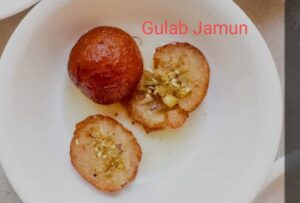
6.The Modern Twist: Variations of Gulab Jamun
In today’s world of culinary experimentation, chefs have found new and creative ways to reinvent the classic gulab jamun. You might come across stuffed gulab jamuns, where the dough is filled with nuts or chocolate before being fried. Some versions are served with a drizzle of honey or a sprinkle of coconut flakes for added texture and flavor.
Another popular variation is Kala Jamun, which is similar to gulab jamun but has a darker color and a slightly crispier texture. This version is often flavored with ingredients like khus khus (poppy seeds) and kewra (screwpine essence).
Even fusion desserts featuring gulab jamun have emerged. Imagine a gulab jamun cheesecake or gulab jamun paired with ice cream – these modern twists bring together tradition and innovation in the most delicious way.
7. Why We Love Gulab Jamun: The Emotional Connection
There’s something about gulab jamun that goes beyond its taste. For many, it’s tied to memories of family gatherings, celebrations, and moments of happiness. Whether it’s being fed a piece of gulab jamun by your grandmother during Diwali or enjoying it after a big family meal, this dessert has a way of bringing people together.
In fact, the emotional connection to gulab jamun is so strong that it often becomes a topic of friendly debate. Some people argue about which family member makes the best gulab jamun, while others share stories of failed attempts at getting the syrup just right. But no matter the outcome, the joy of eating gulab jamun remains the same.
Conclusion:
Gulab jamun is a sign of unity, festivity, and custom rather than merely a dessert. It is a very popular food that has been enjoyed for many years due to its simple yet rich flavors, rich history, and capacity to unite people.
Thus, why not prepare some gulab jamun the next time you’re craving something sweet? As sweet as the dessert itself, you’ll be a part of a long-standing ritual whether you make it at home or eat it at a neighborhood restaurant. Who knows? You might simply make a brand-new memory that you will treasure for a long time.
FAQ:
1.Gulab jamun men kya kya data hai?
2.How much flour is needed in 1 kilo?
3.What is the real name of gulab jamun?
4.Gulab Jamun Recipe in Hindi
5.Gulab Jamun price
6.What are the ingredients needed to make gulab jamun?
7.Gulab jamun ki bakana ki 1 kg Mawa
8.Milk powder gulab jamun
9.Gulab jamun in English
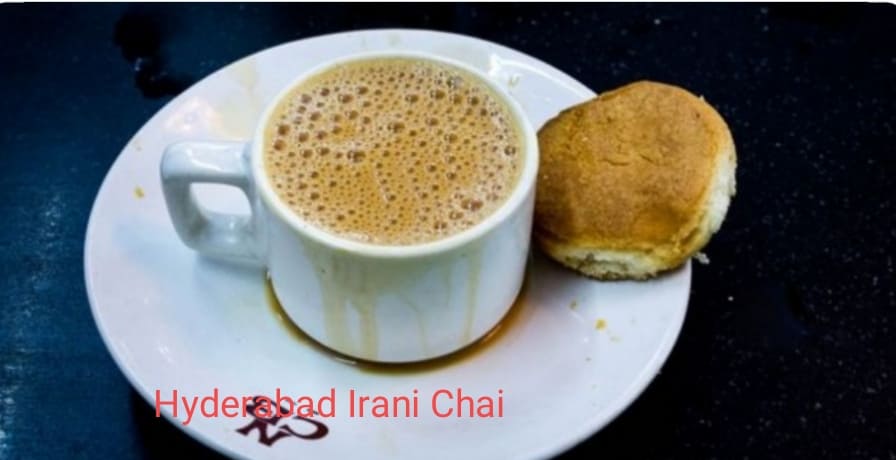
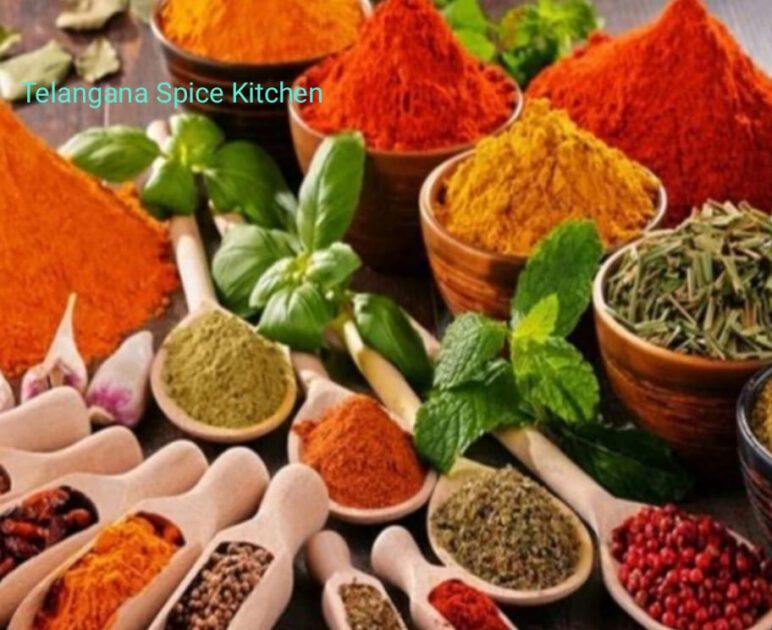
Pingback: Homemade Rasgulla Recipe: A Step-by-Step Guide to This Sweet Treat - solotraveler